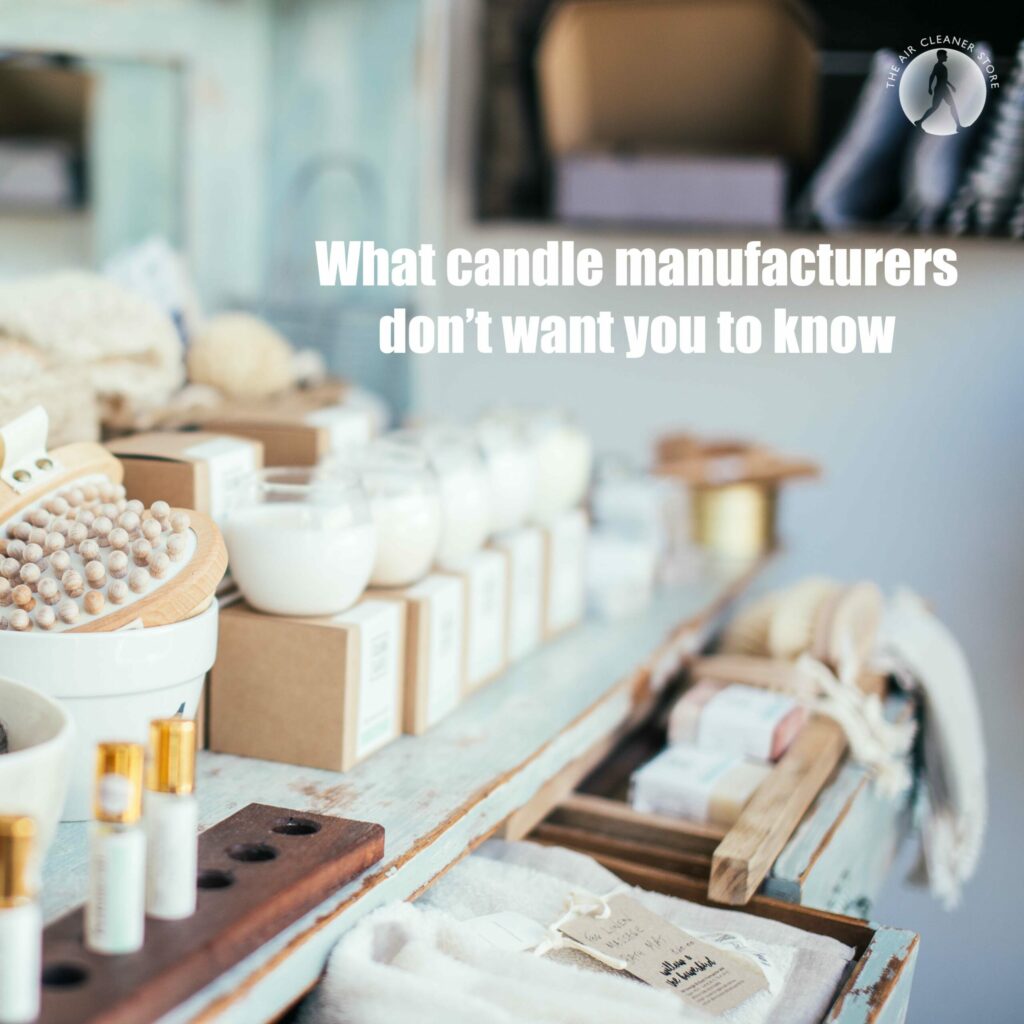Scented candles are a popular way to create a relaxing atmosphere in your house. Lavender, jasmine, and sandalwood are soothing and energizing scents. Many individuals find that the warm glow and smell of pine, gingerbread, or cinnamon make a space feel more festive during the holidays. Most mass-produced scented candles, however, can have a harmful impact on the air inside of your home. Even when unlit, the average scented candle can leak toxic compounds into the air from the wax and the wick . While you and your family enjoy the perfume of scented candles in your home, they could be harmful to your health.
Paraffin wax
The majority of candles are made of paraffin, which is a petroleum byproduct. Petroleum waste is chemically cleaned, deodorized, and turned into wax to make paraffin. When paraffin wax is burned, harmful volatile organic compounds (VOCs) such as acetone, benzene, and toluene, are released into the air. These are the same compounds that are found in diesel fuel exhaust and have been linked to allergies, asthma, and skin irritation. A paraffin candle releases amounts of benzene even when unlit.
Burning paraffin, on the other hand, produces soot with particles that linger in the air for hours. These tiny particles are identical in size and composition to diesel exhaust. After penetrating the lungs they are absorbed into the bloodstream.
Chemical fragrances
Another issue with scented candles is that the chemicals used to create a pleasant aroma are often unhealthy. The majority of scented candles include synthetic scents and dyes, which emit harmful VOCs at room temperature. Formaldehyde, petroleum distillates, limonene, alcohol, and esters are some of the most commonly emitted VOCs associated with candles.
These toxic compounds can cause a variety of health issues, including headaches, dizziness, and allergies, as well as asthma attacks, respiratory infections, and cancer.
Cored wicks
Cotton wicks are wrapped around a metal support or core in many candles. The core prevents the wick from falling into the wax. Because fragrance oils weaken the wax and allow non-cored wicks to go limp, this is especially useful for scented candles.
Lead was once widely utilized in cored candle wicks, particularly in candles imported from other countries. The US Consumer Product Safety Commission banned the manufacture and sale of all candles with lead-core wicks in 2003 after establishing that these wicks could pose lead poisoning hazard in young children. Zinc and tin are now commonly utilized instead.
When metal-core wicks are burned, they discharge trace amounts of heavy metals into the air. Small amounts of lead particles can still be released by wicks with zinc and tin cores.
Safer alternatives
Don’t despair if you crave the relaxing ambiance and aroma of scented candles. Scenting the air can be done safely. Here are some ideas to consider.
- Use essential oils to add aroma to your home
Essential oils can be used to generate a lovely aroma in a diffuser or in bathwater.
- Simmer Spices
Put cinnamon sticks, cloves, and nutmeg in a saucepan of water and bring to a simmer.
- Make a potpourri!
You can dry flowers, berries, fruit rinds, wood chips, spices and place them in bowls or fabric bags which can be distributed throughout your living space.
These are easy, safe and effective ways to add fresh scents to your home.
